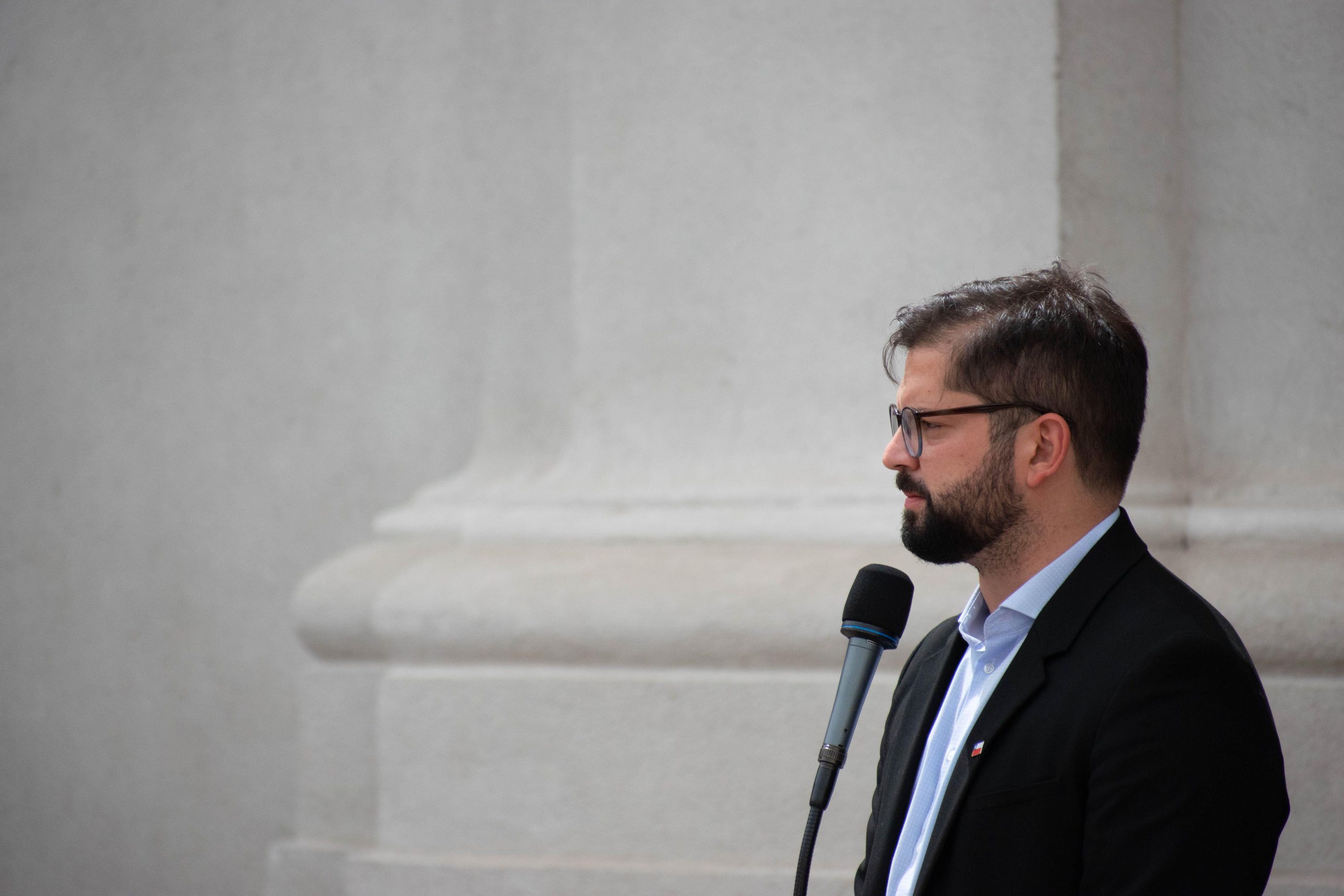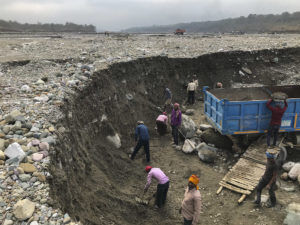In recent years, Chile has seen exponential growth in its renewable energy capacity, and has become the second most attractive market for power investment among emerging countries, according to Bloomberg New Energy Finance’s Climatescope 2021. But, amid a number of major challenges, the next steps in Chile’s energy transition will not be entirely straightforward.
Alongside the growth in renewables, the country has made progress in eliminating fossil fuels. By 2021, five of Chile’s coal-fired power plants had closed and four more are expected to follow in 2022. By 2025, the total number of closures should reach 15, plus three converted plants, which will mean 65% progress. By 2040, all 28 coal-fired plants in the Chilean electricity generation system should finally be shut down.
The path ahead, however, is made more difficult by the ongoing mega-drought that has plagued much of the country for more than a decade. Experts believe Chile will still achieve carbon neutrality by 2050, the target it committed to under the Paris Agreement, though social and practical challenges must be carefully managed as its transition gathers pace.
Numbers are not enough
At the end of last year, there were 166 renewable energy projects, totalling 4,473 megawatts (MW) of power, under construction in Chile, according to data from CNE, the national energy commission. These projects correspond to roughly half of the generation already operating in the country (8,695 MW), and should all be operational by 2023.
Despite this expansion, by the middle of the year the country was almost in the dark, with the risk of power cuts. This forced the government to issue a decree with preventive measures to avoid rationing. The decree has now been extended until September 2022 by the government of Gabriel Boric, the incoming president who will take office in March.

The difficulties were the result of a perfect storm in which water shortages played an important role, but other unforeseen factors also converged.
The ongoing drought has kept the reservoirs used for power generation barely above half their capacity, but often well below it. This shortfall was compounded by the absence of the first wave of coal-fired power plants that stopped operating, as well as a diesel oil supply crisis and technical problems in some power plants.
“Not only did we have a very bad dry year – the worst in 70 years – but there were also power plants that stopped operating,” explained Álvaro Lorca, an academic in the Pontifical Catholic University of Chile’s faculty of engineering. But in addition, many resources that were supposed to be available for the emergency were not, he adds.
Such was the size of the crisis that there was talk of bringing closed coal-fired power plants back into operation, such as Ventanas 1 in the Valparaíso region, which has been closed since December 2020. In the end, this was not done – but it may not prevent them from being used in the future, during the energy transition process.
Among other issues, Chile will become drier – even in the best climate change scenarios – so water shortages will be a constant. “Every year we will have 2% less water,” said Lorca.
For Felipe Pino, a lawyer in charge of the Just Transition project at FIMA, an environmental law NGO, the insufficient consideration of drought as a factor in transition plans is a significant shortcoming.
But there are many lessons to be learned from last year’s lean season, said Lorca. He believes that coal-fired plants could be closed by 2040 and that Chile will achieve carbon neutrality by 2050, but changes will have to be made.
One of them is the management of reservoirs, given that Chile derives around 30% of its energy from water resources, Lorca tells Diálogo Chino. “We have to manage them more intelligently,” he adds.
A study published in January found that while no imminent energy supply deficit is projected for the first quarter of 2022, if current reservoir operating policies are not changed, energy reserves could reach as low as 15% of the total by the end of March. This is the same percentage as when the August preventive decree was drawn up.
“The over-optimistic use of water, together with the closure of more coal-fired generators, could put us back into another very delicate year,” Lorca said, adding that this is why expectations of no return to coal must be tempered.
Moreover, Lorca continued, it must be understood that there is not yet capacity for a stable and secure supply without retaining, as a safeguard, some of the coal-fired power due to be closed. Lorca points to the restarting of diesel generation in 2021 as an example. Due to the challenging conditions, and circumstances arising from the Covid-19 pandemic, demand increased to such an extent that neither supply nor logistics were sufficient to keep up.
Climate justice in Chile
While Pino acknowledges that there has been great progress in the energy transition since Chile held the presidency of the COP25 climate conference in 2019, two things are still pending: a detailed timeline for the closure of the remaining coal-fired power plants and a modern outlook on the transition process that allows for effective climate justice.
“For those living in the sacrifice zones, this [transition] started too late, and the cost of that delay should not be paid by the communities,” Pino said.
Chile’s so-called sacrifice zones are populated areas that are highly industrialised or have specific industries that have heavily polluted surrounding environments, for example around coal-fired power plants. For this reason, environmental justice is being sought for those who live in these areas and suffer from such pollution.
According to Pino, the transition has focused almost exclusively on employment shifts and retraining, which, although crucial, is not the only thing to consider. “Ecological restoration, remediation and social security for communities are just as important,” he said.
At the international level, adaptation has been postponed. That is what we are trying to avoid in the Chilean energy transition.
At the end of 2021, the Just Transition Strategy for the Energy Sector was published, a commitment to which was included in Chile’s updated nationally determined contribution (NDC) to the Paris Agreement. The work, led by the ministries of energy, environment and labour, also involved a public consultation.
The strategy, explained Carolina Urmeneta, head of the environment ministry’s climate change office, includes not only measures on work and retraining, but also a plan to monitor the areas where coal-fired plants are located, to determine how they are improving after closures. Part of this work has already begun in the regions of Quintero, Puchuncaví, Huasco and Coronel.
“People will be able to see how they are improving their territories, the quality of water and soils, and the state of sediments in the bays,” Pino explained. “At the international level, there are cases where there has been a lot of focus on mitigation, which has left aside what is happening in the territories and postponed adaptation. And that is what we are trying to avoid in the Chilean energy transition.”








